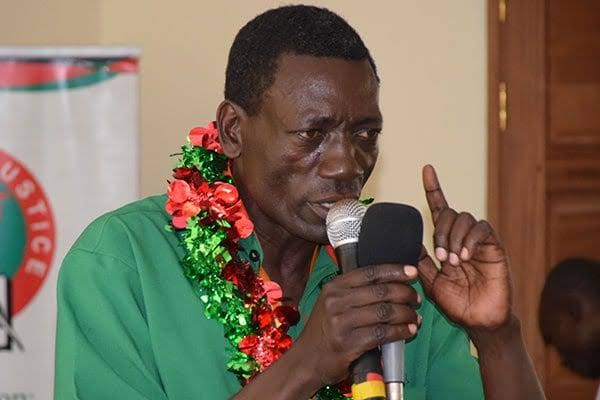Kenya National Union of Teachers (KNUT) Secretary General Collins Oyuu has called on Junior Secondary School (JSS) teachers to abandon their push for autonomy, urging them to instead focus on gaining teaching experience.
Speaking during the Kenya Primary School Heads Association (KEPSHA) Annual Conference in Mombasa, Oyuu said most JSS teachers are recent graduates who still need mentorship and exposure before taking up leadership roles in the education system.
“Let us be honest with ourselves. Many of our JSS teachers have just come from colleges and universities. They need time to gain experience before they can manage schools or operate independently,” Oyuu said.
The KNUT boss defended the government’s decision to domicile JSS in primary schools, saying it ensures a smooth transition for learners under the Competency-Based Curriculum (CBC).
He cautioned that granting JSS full autonomy prematurely could cause administrative confusion and strain the already limited resources in schools.
ALSO READ:
CS Ogamba opens 2025 KEPSHA National delegates conference in Mombasa
Oyuu’s sentiments come at a time when JSS teachers across the country have been staging demonstrations demanding separation from primary schools.
The teachers argue that the current arrangement exposes them to poor working conditions, limited promotion opportunities, and unclear reporting structures.
They have also accused the Teachers Service Commission (TSC) of failing to recognize their unique roles and qualifications, saying autonomy would provide fairer treatment and clearer career progression paths.
However, Oyuu maintained that KNUT will continue to engage the government and the TSC to address the teachers’ grievances without destabilizing the education system.
“KNUT will not abandon JSS teachers. We are engaging constructively to ensure their welfare is protected. But let us be realistic and avoid rushing into decisions that could hurt our schools,” he stated.
His remarks set the stage for renewed debate between KNUT, TSC, and JSS educators over the future structure of junior secondary education in Kenya.
By Philip Koech
You can also follow our social media pages on Twitter: Education News KE and Facebook: Education News Newspaper for timely updates.
>>> Click here to stay up-to-date with trending regional stories
>>> Click here to read more informed opinions on the country’s education landscape






